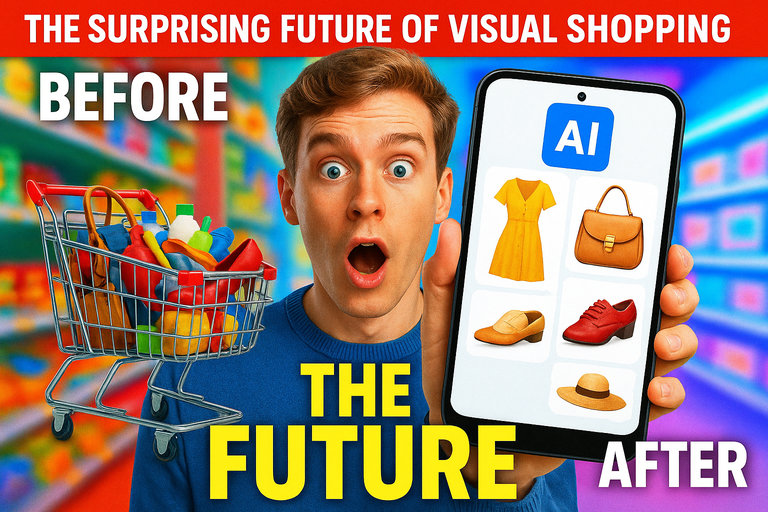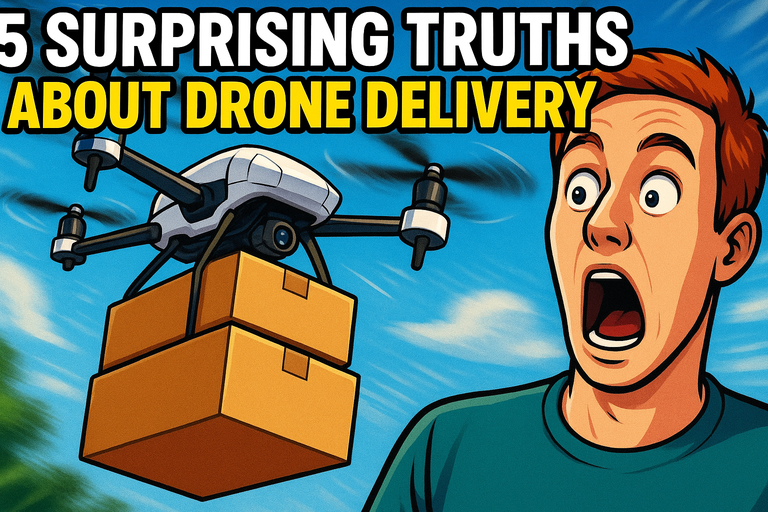
Imagine searching your shopping history and finding what you want—even if you can’t remember the exact name, or you totally botch the spelling. Now imagine pairing that with the ability to SEE yourself with every product you consider. Sound futuristic? It’s happening right now.
We’ve all been there: you vaguely remember looking at “that cool water bottle with the weird handle” a few days ago, but good luck finding it in your browser history. In 2025, with our digital attention span shorter than ever, the struggle to retrace our ecommerce steps is real.
But what if your browser could read between the lines, interpret your typos, and dig up exactly what you meant—even if your memory is fuzzy?
Microsoft Edge’s AI-Powered History: The Game Has Changed
In a move that’s gotten the tech world buzzing, Microsoft Edge is now testing an AI-powered history search. This isn’t just a smarter “Ctrl+F.” This enhanced search lets you:
- Find websites even if you type a typo, use a synonym, or just a vague phrase.
- Quickly resurface that product you saw three weeks ago, even if the brand name escapes you.
According to The Verge, “This new 'enhanced search' feature lets you find websites in your browser history even if you use a phrase, synonym, or even a typo that’s similar to the original title or URL.” That’s some serious AI magic at play.
But let’s ask the real question: How does this leap in browser intelligence intersect with the hottest trends in visual shopping?
The Data: Why Visual Shopping Needs Smarter Search
Let’s dig into the numbers. Recent studies show that over 67% of online shoppers use multiple tabs to compare products, and more than 40% forget the specifics of what they’ve browsed within 48 hours. The trend only intensifies as the e-commerce landscape explodes with options and personalization features.
- Shoppers are visual. 73% say photos influence purchase decisions more than text.
- Personalization is king. 58% are more likely to buy if they can see themselves with or in the product.
Yet the missing link has always been bridging memory and discovery: How do you quickly rediscover that perfect sofa, sneaker, or gadget and then visualize if it’s right for you?
From Smart Search to Smart Preview: The Next Evolution
That’s where the marriage of AI-powered browsing and enhanced product visualization gets seriously interesting.
Consider this scenario: You remember seeing a designer sunglasses model on Amazon, but the brand escapes you. Edge’s AI-enhanced search helps you find the listing instantly—even if you type “blue Rayban lookalike.” But what if you could also see EXACTLY how you’d look wearing those sunglasses before you buy?
This is precisely the kind of next-gen experience being developed by innovators like XP9’s visual shopping extension. XP9’s Chrome extension lets you insert your own images directly into Amazon product photos, so you’re not just scrolling through generic pics—you’re previewing yourself in the product.
Why Does This Matter?
- Reduced Returns: Visualizing items on yourself cuts down on dissatisfied purchases and unnecessary returns—a pain point for both shoppers and retailers.
- Empowered Decisions: You waste less time second-guessing, and more time enjoying what you buy.
- Seamless Journey: With AI helping you find old products and visual tools letting you see them with you in the picture, online shopping becomes faster, smarter, and more personal.
The Competition: Why Not Just Amazon GlowUp or Other Tools?
Some may ask: Isn’t this just another Chrome extension? Actually, no. While tools like AMZ Downloader or Amazon GlowUp help with images or highlight deals, XP9 is unique in blending image personalization within the familiar Amazon interface, and doing it with a user-friendly design that requires minimal technical know-how.
And as Edge’s latest update shows, ease of use and intuitive AI are now the new battlegrounds.
Are We Ready for AI + Personalization Everywhere?
Here’s a big, open question: Are we entering an era where every part of online shopping—from discovery to decision—will be supercharged by AI and personalization tools?
Looking at Microsoft’s push and the explosive growth in Chrome extensions like XP9’s, the answer is trending towards yes. In fact, the convergence is already happening:
- AI finds. Visual tools decide. Personalization seals the deal.
Imagine a near future where your browser doesn’t just remind you what you browsed, but adapts to your shopping style, recommends products that match your previous preferences, and lets you test-drive every option—virtually.
Final Thoughts: What’s Next for Visual Shopping?
If there’s one takeaway from the AI-powered search announcement, it’s that the line between searching for and connecting to products is vanishing. Shoppers will come to expect both smart recall and smart visualization as standard.
So, are you ready to see yourself in the next big thing—literally? If you want a head start, check out the kind of seamless, interactive preview technology XP9 is making possible for digital cart explorers. The future of shopping is part memory boost, part magic mirror—and it’s arriving faster than anyone predicted.
What would you want your browser or shopping assistant to remember—and show—you next time you’re on the hunt? Drop your wish-list in the comments!

